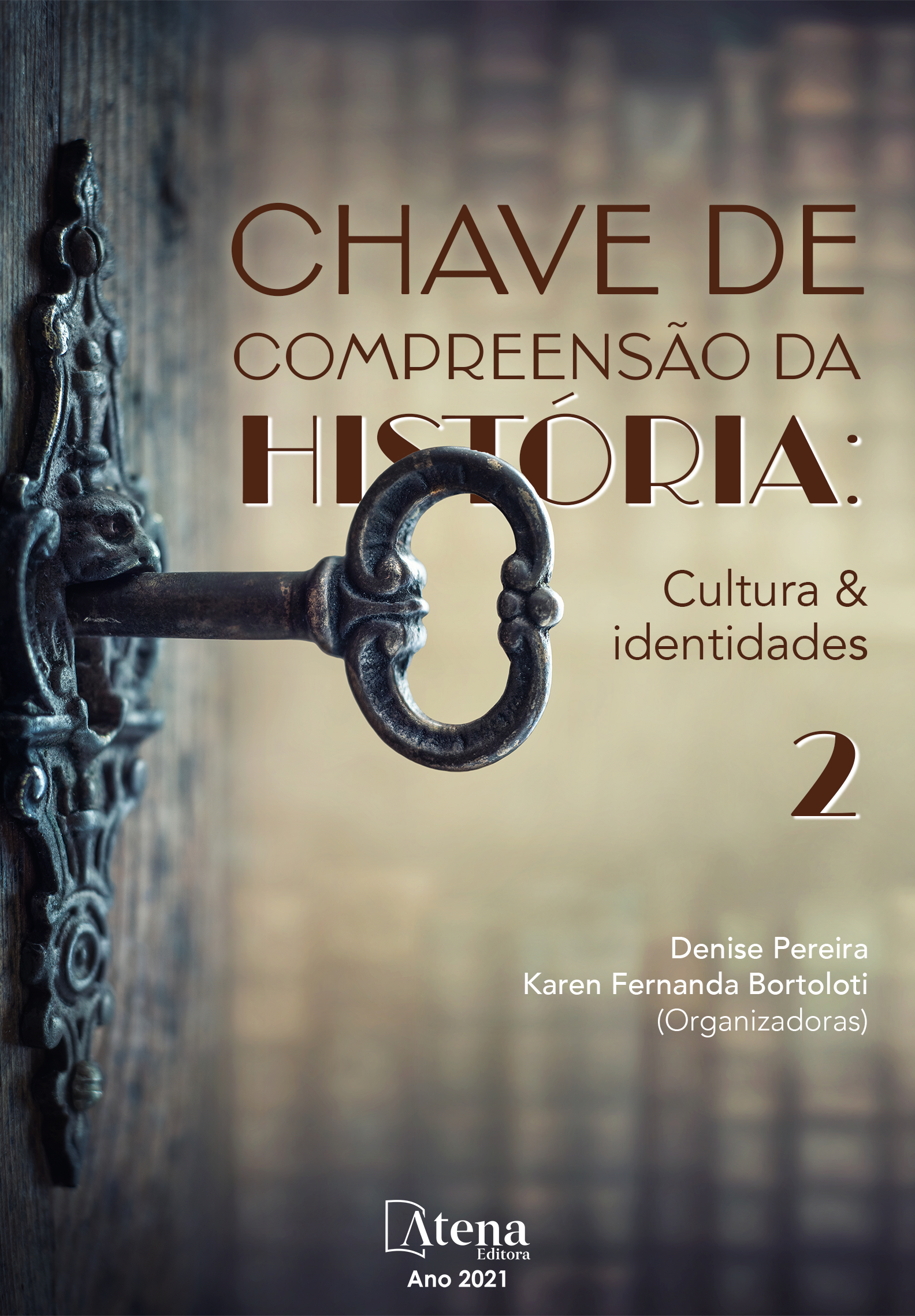
CIDADES SITIADAS: REPRESENTAÇÕES DO MEDO DAS ENFERMIDADES E DA MORTE NA PANDEMIA DO COVID-19 E NAS CHARGES DO FINAL DO SÉCULO XIX
As epidemias assolaram o Brasil em diversos períodos da história como o final do século XIX e repercutiram largamente na Revista Ilustrada, coordenada pelo chargista ítalo-brasileiro Ângelo Agostini. O medo das enfermidades e da morte nos acompanha ao longo da história e gera práticas e representações associadas ao contexto histórico da época. Hoje, a pandemia do covid-19 ceifa milhares de vida no Brasil e no mundo, e a forma como nos apropriamos da trágica realidade nos leva a produzir representações que resvalam, em muitos casos, para o negacionismo científico e contribuem para que muitas vidas ainda sejam perdidas pelos discursos e práticas esvaziados de fundamentação científica. Sitiadas, as cidades enfrentam o microscópico inimigo com distanciamento social e medidas sanitárias de higiene básica, enquanto a vacinação não consegue imunizar a maioria da população brasileira. O amor e a empatia tornam-se lenimentos no vazio deixado pela ausência de vacinas suficientes ou remédio específico contra o coronavírus até o presente momento, em 20 de março de 2021. Janelas antes fechadas são abertas para propiciar a visão do outro. Destacaremos neste artigo a relação entre sentimentos e suas expressões representativas relativas ao medo da morte e das enfermidades nas linguagens escrita e iconográfica e procuraremos articulá-los aos fatos históricos que serviram de palco para a sua construção. Analisar as práticas e representações associadas à saúde pública e desenvolver um estudo comparativo entre as epidemias do final do século XIX e a pandemia do covid-19 torna-se relevante para encontrarmos soluções realistas que nos conduzam com segurança para a liberdade, a saúde e o usufruto da vida em comunidade.
CIDADES SITIADAS: REPRESENTAÇÕES DO MEDO DAS ENFERMIDADES E DA MORTE NA PANDEMIA DO COVID-19 E NAS CHARGES DO FINAL DO SÉCULO XIX
-
DOI: 10.22533/at.ed.4892114121
-
Palavras-chave: Covid-19, charges, representações.
-
Keywords: Covid-19, cartoons, representations
-
Abstract:
The epidemics plagued Brazil in several periods of history, such as the end of the 19th century and had a large effect on Revista Ilustrada, coordinated by the Italian-Brazilian cartoonist Ângelo Agostini. The fear of illnesses and death accompanies us throughout history and generates practices and representations associated with the historical context of the time. Today, the pandemic of the covid-19 reaps thousands of lives in Brazil and in the world, and the way we appropriate the tragic reality leads us to produce representations that slip, in many cases, to scientific denialism and contribute to the fact that many lives are still lost by discourses and practices emptied of scientific foundation. Besieged, cities face the microscopic enemy with social distancing and basic hygiene health measures, while vaccination cannot immunize the majority of the Brazilian population. Love and empathy become lenient summing up in the void left by the absence of sufficient vaccines or specific remedy against coronavirus to date, march 20, 2021. Previously closed windows are opened to provide the sight of the other. We will highlight in this article the relationship between feelings and their representative expressions related to the fear of death and illnesses in written and iconographic languages and seek to articulate them to the historical facts that served as a stage for its construction. Analyzing the practices and representations associated with public health and developing a comparative study between the epidemics of the late nineteenth century and the pandemic of the covid-19 becomes relevant to find realistic solutions that lead us safely to freedom, health and the enjoyment of community life.
-
Número de páginas: 14
- Geane Bezerra Cavalcanti


